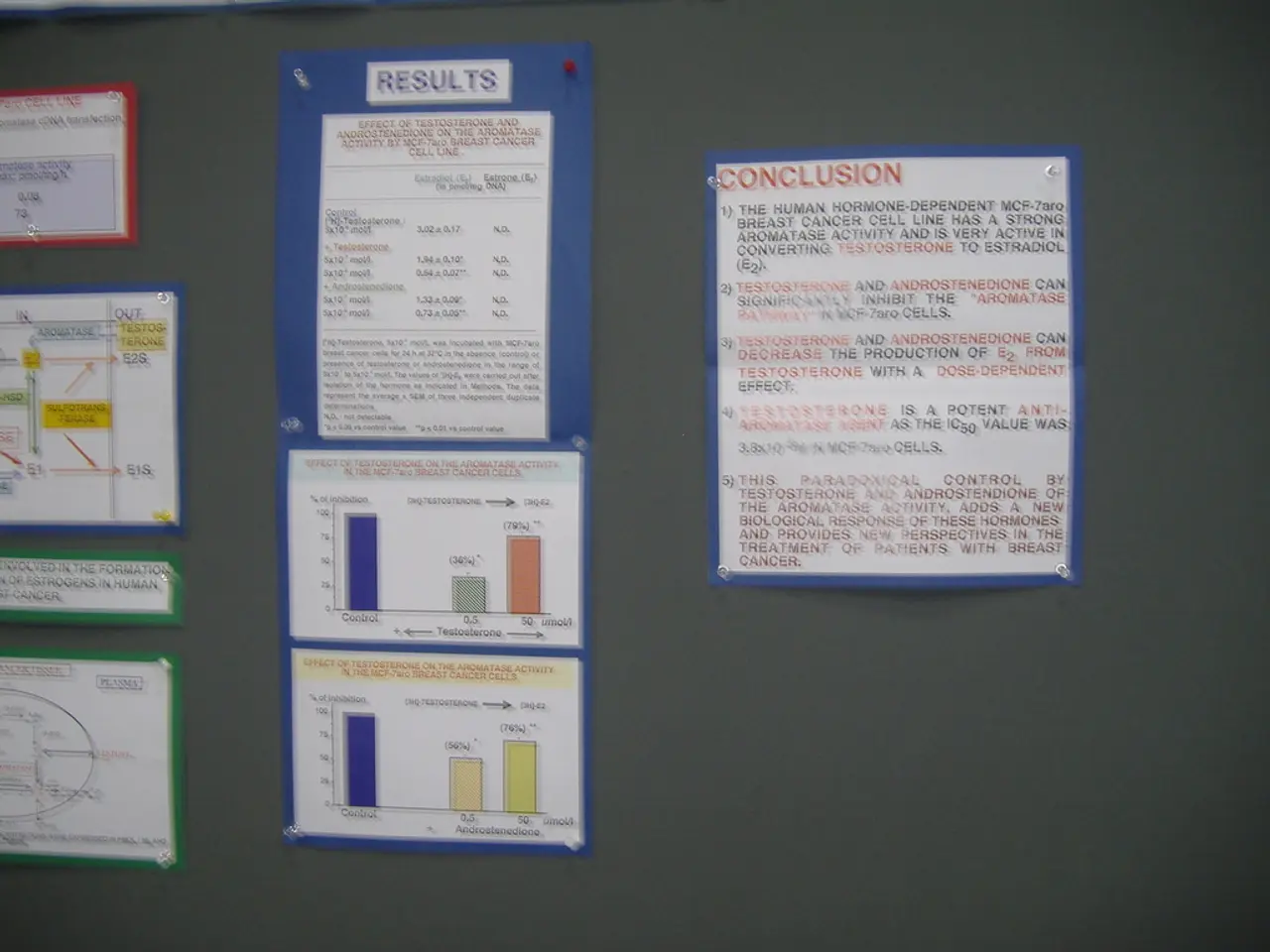Developing an Effective Employee Advancement Strategy: Guidelines, Templates, and Illustrative Examples
================================================================
Investing in employee development can bring numerous benefits to organizations, including enhanced employee growth and career development, better job satisfaction, increased engagement, improved job performance, and higher retention rates.
According to a LinkedIn survey, 94% of people said they would stay with a job if the company helped them learn new skills and develop as professionals. This statistic underscores the importance of employee development in today's competitive job market.
Employee development plans can focus on both soft skills, such as interpersonal communication, time management, and decision making, and hard skills directly related to specific job tasks.
Creating an actionable employee development plan doesn't have to be a major investment of time or money. With the right platform, you can set up a plan with just a few clicks. To ensure employees are aware of what's expected, consider creating a worksheet or checklist.
Meeting minutes samples can be used to record conversations and revisit them when necessary. Employee development methods may include coaching, mentoring, cross-training, job shadowing, job rotation, assessment centers, online employee development, and e-learning.
Structured development plans encourage regular dialogue between leaders and employees, helping to monitor progress, adapt goals, and sustain motivation over time. These plans usually include both short-term and long-term goals.
Employee development meetings typically happen at least once a year, or whenever an employee requests a meeting. Some companies have performance reviews every six months.
An employee development plan describes the process needed to help an individual achieve their professional goals. It covers their career goals, the steps necessary to achieve those goals, and the timeframe by which each goal should be met.
To set yourself up for success when creating an employee development plan, follow these five simple steps:
- Establish executive support and determine organizational goals.
- Examine skill gaps.
- Identify employee goals and cross-check with organizational goals.
- Determine ideal development methods and execute the plan.
- Monitor progress and refine strategies.
Personal growth is also a focus of employee development plans, as about 73% of professionals want to learn about topics they're personally interested in when taking part in workplace development programs.
By implementing employee development plans, organizations can cultivate a skilled, motivated, and stable workforce, producing positive impacts on organizational success and growth.
The effectiveness of team collaboration can greatly benefit from a focus on education-and-self-development, as employees with up-to-date skills and personal growth foster better interpersonal communication and decision-making, thereby enhancing overall productivity.
An employee development plan, encompassing career-development opportunities, serves not only to address skill gaps and set future career goals for individuals but also to foster a stable, motivated workforce, contributing to the organization's success and growth.




